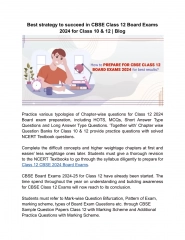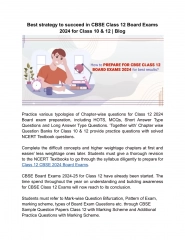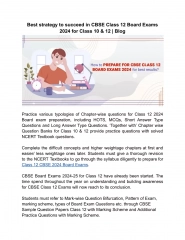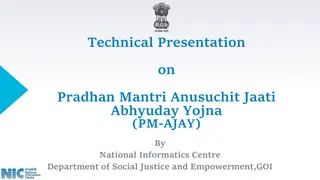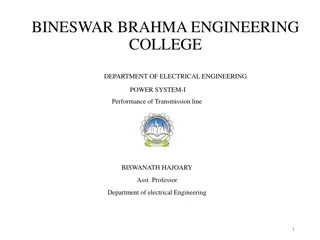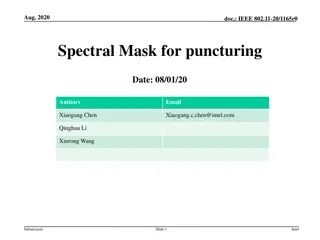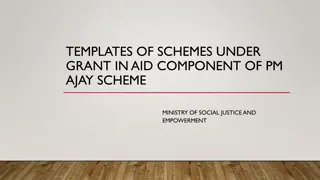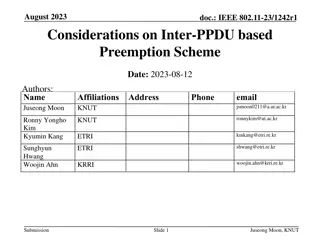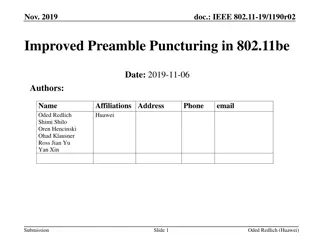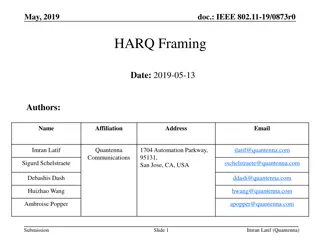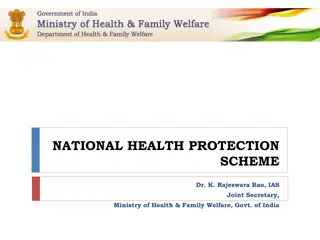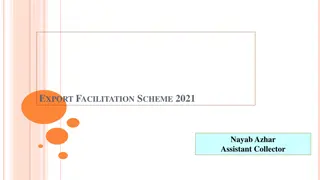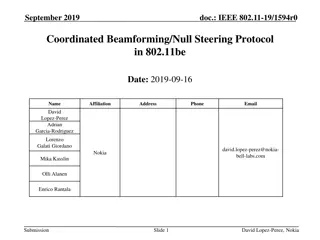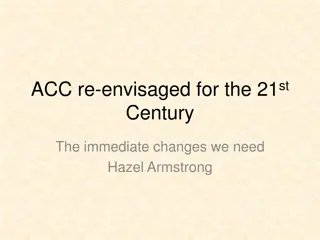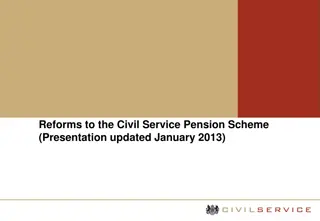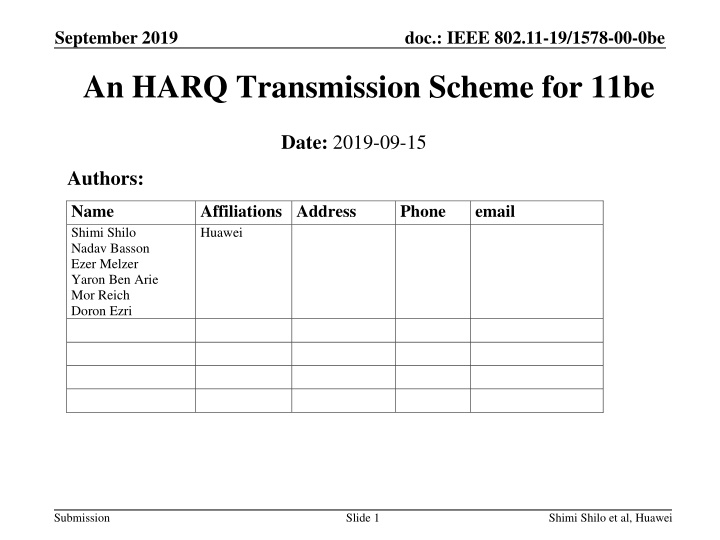
HARQ Transmission Scheme for IEEE 802.11be Standard
"Explore a novel HARQ transmission scheme aligned with existing LDPC design in IEEE 802.11be, presenting a solution requiring minimal Tx changes and no impact on Block ACK mechanism."
Download Presentation

Please find below an Image/Link to download the presentation.
The content on the website is provided AS IS for your information and personal use only. It may not be sold, licensed, or shared on other websites without obtaining consent from the author. If you encounter any issues during the download, it is possible that the publisher has removed the file from their server.
You are allowed to download the files provided on this website for personal or commercial use, subject to the condition that they are used lawfully. All files are the property of their respective owners.
The content on the website is provided AS IS for your information and personal use only. It may not be sold, licensed, or shared on other websites without obtaining consent from the author.
E N D
Presentation Transcript
September 2019 doc.: IEEE 802.11-19/1578-00-0be An HARQ Transmission Scheme for 11be Date: 2019-09-15 Authors: Name Shimi Shilo Nadav Basson Ezer Melzer Yaron Ben Arie Mor Reich Doron Ezri Affiliations Address Huawei Phone email Submission Slide 1 Shimi Shilo et al, Huawei
September 2019 doc.: IEEE 802.11-19/1578-00-0be Background Various contributions on Hybrid Automatic Repeat Request (HARQ) have been presented in previous meetings [1-7] In this contribution, we want to discuss some issues related to supporting HARQ in 802.11, in particular to aligning HARQ with the existing 802.11 LDPC design We then present a solution that requires minor changes to transmitter side and is relatively simple to support at receiver side This solution also has no impact on the existing Block ACK mechanism Submission Slide 2 Shimi Shilo et al, Huawei
September 2019 doc.: IEEE 802.11-19/1578-00-0be Existing Rules and Restrictions The 802.11 specs (and hence respective implementations) assume the following: The PHY receives a PSDU from the MAC layer and is not aware of the MPDU boundaries, their length, delimiters, etc. The FEC (LDPC) operates on blocks of information bits, regardless of MPDU boundaries A Block ACK (BA) indicates which MPDUs (within the A-MPDU) were decoded correctly, so retransmission occurs only for incorrectly decoded MPDUs Submission Slide 3 Shimi Shilo et al, Huawei
September 2019 doc.: IEEE 802.11-19/1578-00-0be Existing Rules and Restrictions Assuming an A-MPDU was transmitted and some of the MPDUs were incorrectly decoded, the transmitter will have to retransmit only those MPDUs that failed failed failed For example, in the figure, an A-MPDU containing 5 MPDUs (2000 bits each) is transmitted using coding rate 1/2, where the 2nd and 3rd MPDUs failed and need to be retransmitted MPDU #1 Bits 0-1999 MPDU #2 Bits 2000-3999 MPDU #3 Bits 4000-5999 MPDU #4 Bits 6000-7999 MPDU #5 Bits 8000-9999 Padding 20 bits FEC #1 Info: 910 Coded: 1820 FEC #8 Info: 911 Coded: 1822 FEC #9 Info: 911 Coded: 1822 FEC #10 Info: 911 Coded: 1822 FEC #11 Info: 911 Coded: 1822 FEC #2 Info: 911 Coded: 1822 FEC #3 Info: 911 Coded: 1822 FEC #4 Info: 911 Coded: 1822 FEC #5 Info: 911 Coded: 1822 FEC #6 Info: 911 Coded: 1822 FEC #7 Info: 911 Coded: 1822 MPDU of size 2000 bits MPDU Boundary FEC Boundary FEC block Submission Slide 4 Shimi Shilo et al, Huawei
September 2019 doc.: IEEE 802.11-19/1578-00-0be Existing Rules and Restrictions A retransmission of the failed MPDUs will include different coded bits due to a different setting of the scrambler + FEC, as shown here, so the LLRs cannot be combined This is a major problem reusing the existing (retransmission) mechanism, the LLRs respective to retransmitted coded bits cannot simply be combined with old LLRs, as there is no alignment between old and new codewords Retransmitted Retransmitted MPDU #2 Bits 2000-3999 MPDU #3 Bits 4000-5999 Padding 20 bits FEC #1 Info: 804 Coded: 1612 FEC #2 Info: 804 Coded: 1613 FEC #3 Info: 804 Coded: 1613 FEC #4 Info: 804 Coded: 1613 FEC #5 Info: 804 Coded: 1613 MPDU of size 2000 bits Different info bits at input to FEC, hence different coded bits at output FEC block Submission Slide 5 Shimi Shilo et al, Huawei
September 2019 doc.: IEEE 802.11-19/1578-00-0be Existing Rules and Restrictions The example in the previous two slides shows how the misalignment of the MPDUs and the LDPC codewords poses a problem for HARQ Furthermore, changing MCS between transmission and retransmissions is limited to the same coding rate, so that the same LDPC matrices are used As mentioned earlier, our aim is to find a simple method to incorporate HARQ with as few changes as possible to existing spec/designs We present an idea which requires very little to minimal changes at the transmitter side (no extra buffers/memory required) as well as no changes to the retransmission (reTx) protocol using the Block ACK It also supports a different MCS between first transmission and retransmissions Submission Slide 6 Shimi Shilo et al, Huawei
September 2019 doc.: IEEE 802.11-19/1578-00-0be Solution Highlights As mentioned before, we want a simple HARQ solution, especially simplifying the transmitter (no need for extra buffers) as well as maintaining the existing Block ACK mechanism The highlight of our solution is the following: a Transmission scheme such that HARQ combining can be performed on the LLRs corresponding to info bits only (generally speaking any transmission scheme, including existing mechanism, can be used); due to the systematic property of the LDPC codes being used in 802.11, we can do so easily Combining (or evaluating different sets of) LLRs corresponding to parity bits at the (possibly multiple-hypothesis) decoding stage is an option Submission Slide 7 Shimi Shilo et al, Huawei
September 2019 doc.: IEEE 802.11-19/1578-00-0be Using Existing Transmission Scheme The figure below depicts an example for the alignment of codewords against MPDUs in the 1st Tx and the reTx (using coding rate ) In the reTx, the failed MPDUs are retransmitted and processed by the PHY layer like in any new transmission (regular operation) 910 910 failed failed MPDU #1 Bits 0-1999 Codeword #1 MPDU #2 Bits 2000-3999 MPDU #3 Bits 4000-5999 MPDU #4 Bits 6000-7999 Codeword #7 MPDU #5 Bits 8000-9999 Codeword #10 Padding 20 bits Codeword #4 Info 911 parity 911 Info Info 911 Info 911 parity parity 911 parity 911 Codeword #11 Codeword #2 Codeword #5 Codeword #8 Info bits in the reTx are identical to those in the 1st Tx (alignment shown), parity bits are different Info 911 parity 911 Info 911 Info 911 Info 911 parity 911 parity 911 parity 911 Codeword #3 Codeword #6 Codeword #9 Info 911 Info 911 Info 911 parity 911 parity 911 parity 911 MPDU #2 Bits 2000-3999 MPDU #3 Bits 4000-5999 Padding 20 bits We can also consider different puncturing of info bits between 1st Tx and reTx Codeword #5 Codeword #3 Codeword #1 Info 804 Info 804 Parity 809 Info 804 Parity 809 Parity 808 Codeword #4 Codeword #2 Info 804 Parity 809 Info 804 Parity 809 Submission Slide 8 Shimi Shilo et al, Huawei
September 2019 doc.: IEEE 802.11-19/1578-00-0be Using Existing Transmission Scheme Transmission block diagram is unchanged, and no MAC/PHY interaction is needed (minor MAC changes may be required) Block-ACK mechanism is unchanged Changes required for receiver side: Needs to know if bits are retransmitted Need to combine new LLRs associated with info bits with respective old LLRs of info bits; LLRs of parity bits, to be fed also into the FEC decoder, can be taken from first transmission or later retransmission(s) MAC layer would probably need to indicate to the PHY layer which LLRs to discard and which to maintain for future combining (based on MPDUs which were successfully decoded) Submission Slide 9 Shimi Shilo et al, Huawei
September 2019 doc.: IEEE 802.11-19/1578-00-0be Retransmitting Uncoded Bits In reTx, only info bits are transmitted no parity bits This enables simpler processing at receiver side, and significantly improves the efficiency since the reTx is much shorter failed failed MPDU #1 Bits 0-1999 Codeword #1 MPDU #2 Bits 2000-3999 MPDU #3 Bits 4000-5999 MPDU #4 Bits 6000-7999 Codeword #7 MPDU #5 Bits 8000-9999 Codeword #10 Padding 20 bits Codeword #4 Info 911 parity 911 Info 910 Info 911 Info 911 parity 910 parity 911 parity 911 Codeword #11 Codeword #2 Codeword #5 Codeword #8 Info 911 parity 911 Info 911 Info 911 Info 911 parity 911 parity 911 parity 911 Codeword #3 Codeword #6 Codeword #9 Info 911 Info 911 Info 911 parity 911 parity 911 parity 911 MPDU #2 Bits 2000-3999 MPDU #3 Bits 4000-5999 Padding 20 bits Info 4020 Submission Slide 10 Shimi Shilo et al, Huawei
September 2019 doc.: IEEE 802.11-19/1578-00-0be Simulation Results The following figure compares the performance for three different HARQ schemes, assuming 2x2 MIMO with 2 streams, 1500B, TGn-D NLOS, LDPC, perfect CHEST, MCSs 0-2; we compare between: No combining Combining LLRs of info bits and using parity LLRs from 1st transmission (parity bits in reTx may not be transmitted at all) Combining LLRs of info bits and using parity LLRs from 2nd transmission Combining LLRs of info bits and choosing (i.e. evaluating both) parity LLRs from 1st or 2nd transmissions (~0.2dB gain) IR HARQ combining (black dashed line) - reuse existing LDPC codes with effectively higher coding rate (more puncturing, ~20% of total # of bits); the original (existing) coding rate is reproduced after combining Submission Slide 11 Shimi Shilo et al, Huawei
September 2019 doc.: IEEE 802.11-19/1578-00-0be Simulation Results The following figures compare the throughput assuming all overheads (Preamble, SIFS, ACK etc.); we look at 2 schemes: No HARQ Info Only HARQ, where in a retransmission only info bits are transmitted (as presented earlier) For the optimal MCS selection, we find the MCS, at each SNR, which maximizes the throughput For the suboptimal MCS selection, we find the MCS, at each SNR, which maximizes the throughput with an additional constraint that PER (before combining) < 10% (similar to [7]) We can see that the info-only HARQ scheme outperforms the no-HARQ scheme by a significant gap; for the sub-optimal MCS selection, which is more practical, there is a ~3-4dB gain for a large portion of the SNR range Submission Slide 12 Shimi Shilo et al, Huawei
September 2019 doc.: IEEE 802.11-19/1578-00-0be Conclusions One of the major hurdles for supporting HARQ in 802.11 is the (mis)alignment of codewords and MPDUs, which calls for a complicated receiver implementation and additional buffers in transmitter side We presented here an idea for supporting HARQ within 11be which requires almost no design changes at the transmitter side The receiver implementation is relatively simple, and there is no modification to the Block-ACK protocol This idea allows us to freely change the MCS between the first transmission and any retransmission (any coding rate can be used) Submission Slide 13 Shimi Shilo et al, Huawei
September 2019 doc.: IEEE 802.11-19/1578-00-0be References 1. 11-18-1587: HARQ for EHT, Sep. 2018 2. 11-18-1955: HARQ for EHT Further Information, Nov. 2018 3. 11-18-1963: Discussion on HARQ for EHT, Nov. 2018 4. 11-19-1992: HARQ Feasibility, Jan. 2019 5. 11-19-2029: HARQ in EHT, Jan. 2019 6. 11-19-1979: HARQ performance analysis, Jan. 2019 7. 11-19-780: Consideration on HARQ, May 2019 Submission Slide 14 Shimi Shilo et al, Huawei

